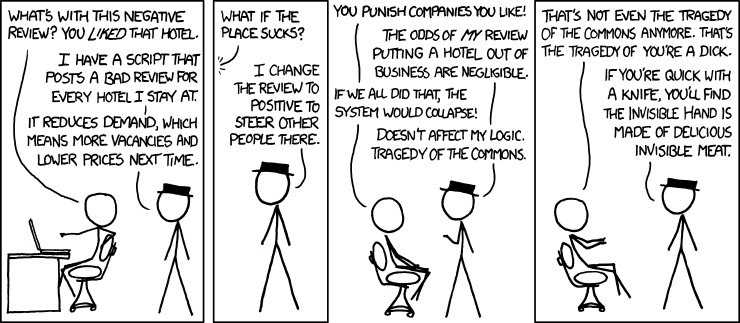As
we discussed in class, one popular view is that redistribution is a public
good, to help out those less fortunate than ourselves. However, this group of “less fortunate”
people has grown exponentially in the last couple decades. According to the article Tax Equity and the Growth of Non-Payers:
“42 percent of citizens had no income tax liability after taking deductions and credits. In addition to these 42 percent, there are millions of Americans that do not earn enough to be required to file an income tax return. When these non-filers are added to the number of non-payers, the total number of Americans outside the income tax system jumps to roughly 50 percent of all households by some estimates.”
The
group of “less fortunate” people in this country, whom we want to help out
because of our interdependent utility functions, will soon become the majority
if they have not already. Those outside
of this majority, which used to have somewhat of a say in whether or not they
felt compelled to help out those “less fortunate”, will now fall under the
tyranny of the majority. Of course the
non-payers will vote to continue not paying income taxes, why wouldn't they? After all, they are rational, self-interested
citizens, who want what is best for them.
And since they have the majority of the votes, there will be nothing the
minority of tax-payers will be able to do to stop them.


